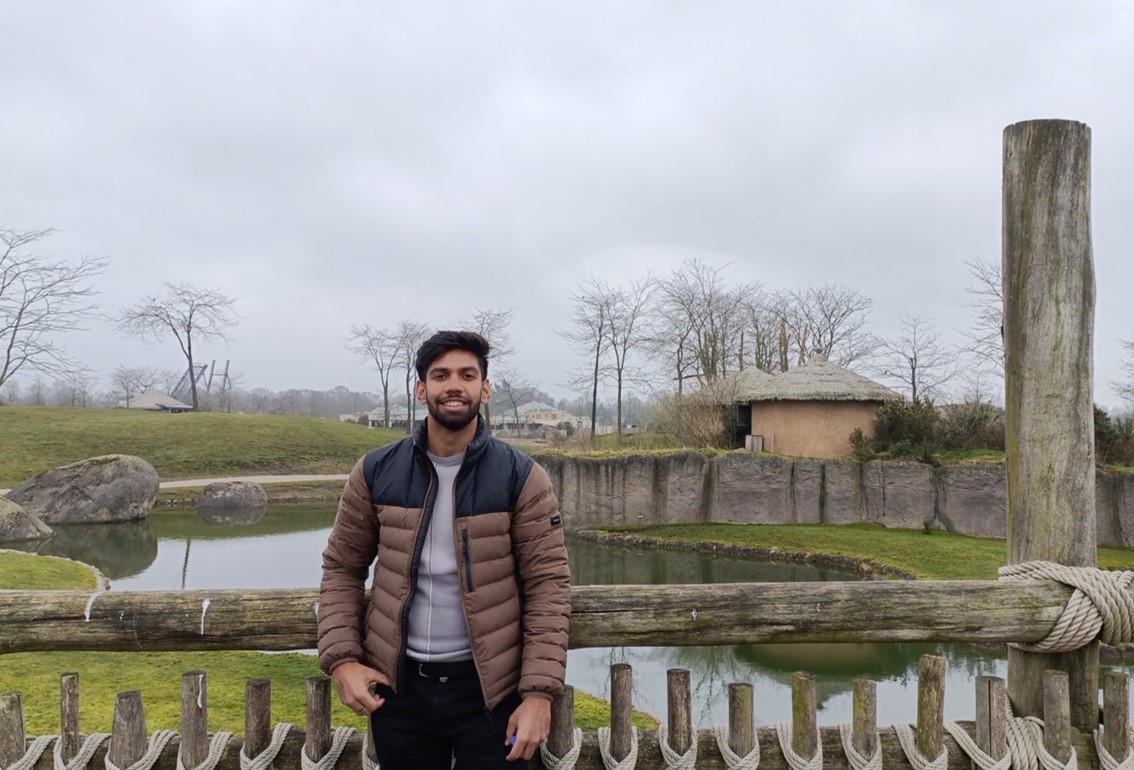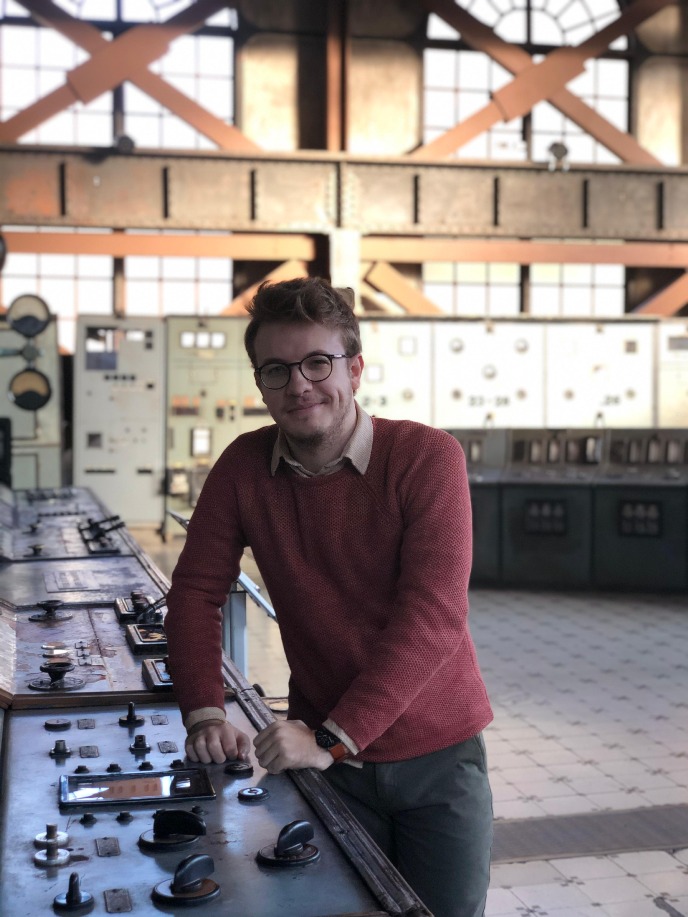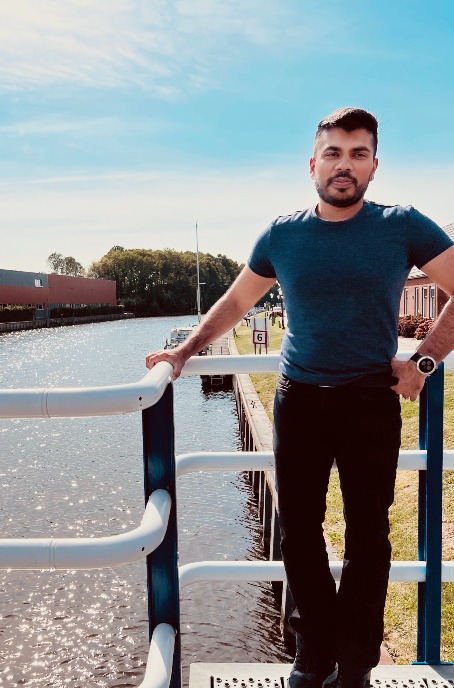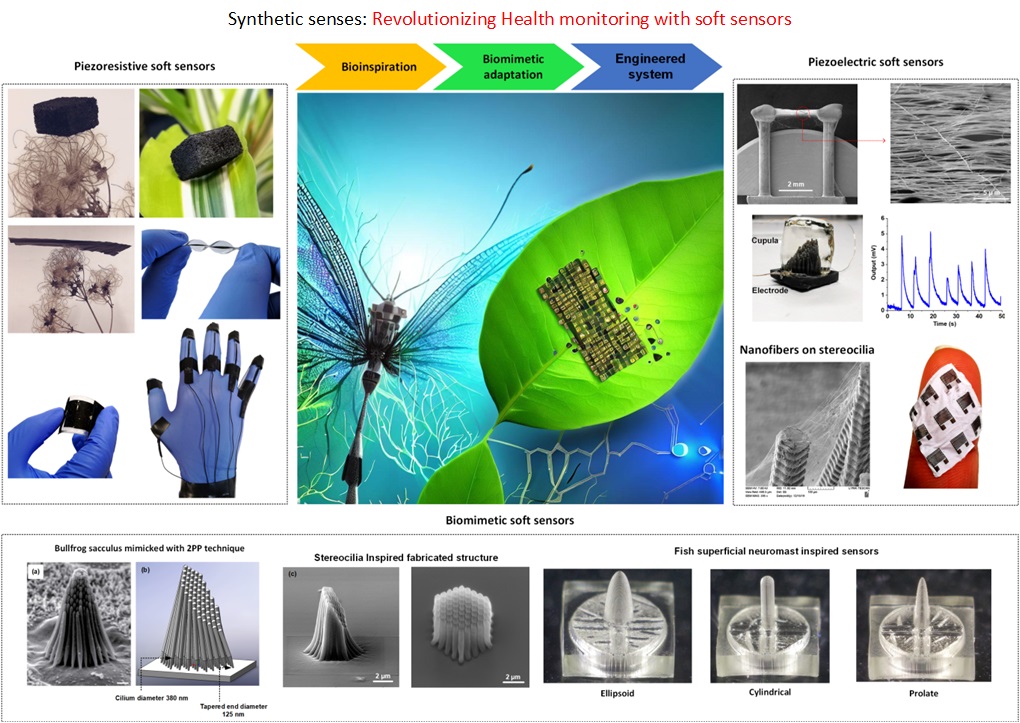PhD and Postdoc research projects

Chinmay Gupta - Soft actuators and their integration with Seal whisker actuation mechanisms.
Chinmay has recently joined the ERC starting grant Project as a Ph.D. candidate. Currently, he is engaged in research concerning soft actuators and their integration with Seal whisker actuation mechanisms. Prior to this, he completed his master’s degree in biomedical engineering at the Indian Institute of Technology, Delhi. During his master's studies, he specialized in developing electrochemical sensors tailored for the detection of cortisol, a stress hormone.

Engincan Tekin - Modeling and characterization of sensing elements concerning mechanical and material aspects.
As a Ph.D. student, Engincan Tekin is doing research within micro-electro-mechanical systems (MEMS), focusing on the modeling and characterization of sensing elements concerning mechanical and material aspects. During his Master's studies, he developed a rotary actuator for a capsule endoscopy environment. With a particular emphasis on piezoresistive sensing, Engincan is currently involved in the ERC project 'Investigation of biological seal whiskers to create artificial whisker sensors for underwater robots (SEALSENSE),' where he contributes to the development of an underwater flow sensor.

Diego Guzman Embus - Piezocapacitive and piezoresistive sensors for integrating them into flexible electronic skin to achieve soft and modulated grasping in grippers based on metamaterials.
Diego Guzman is a third-year PhD student at the University of Groningen, currently developing his project in BMBD and CMME groups. Diego obtained his master's degree in physics at the Universidad Nacional De Colombia, Manizales, focusing on detecting and interacting DNA with ZnO nanoparticles using Raman Spectroscopy.

Ishu Aggarwal - Cilia and stereocilia systems within humans and other organisms, morphology-functionality relations and mechanics
Cilia and stereocilia are nano to micro-scale thin cylindrical structures in many living beings responsible for sensing, transport, and manipulation such as stereocilia in the human inner ear for sensing sound, flow sensors in fish and frogs, cilia in human embryos for left-right asymmetry, metachronal cilia in human lungs for lung clearance, and many more. These can be active and passive in their functionality. In his PhD projects, Ishu is working with both active and passive cilia.
The bigger vision of Ishu's PhD is to understand their mechanics and morphology-functionality relations, and then try to develop bio-mimetic or bio-inspired devices. For this, Ishu uses an engineering strategy that uses theoretical and experimental methods. Ishu is using finite element method and fluid-structure interaction to gain theoretical insights. For active cilia systems such as embryonic nodal flow and metachronal waves, this PhD student is designing magnetically actuated artificial bio-mimetic systems and simulating those for fluid-structure interaction using our in-house solver. Similarly, for passive cilia systems such as stereocilia in the human inner ear and fish flow sensor, Ishu studies morpological and functionality relations of the stereocilia bundles using commercially available multi-physics finite element-based software like COMSOL.
Along with theoretical and conceptual validation, the team performs experiments by fabricating piezoelectric/magnetic material-based NEMS/MEMS systems that may further be fine-tuned and proto-typed to develop bio-mimetic sensors and soft robots for medical applications such as drug delivery, non-invasive surgery, etc.
About: Ishu Aggarwal is a mechanical engineer with a specialization in continuum and non-continuum mechanics. He is currently on his 3rd year PhD studies at BMBD research unit, ENTEG.

Dr Debarun Sengupta - Interfacing biomimetics and nanomaterials for next generation wearables
A major focus of Dr Sengupta's PhD research has been to research and develop various inkjet and 3D-printable flexible and wearable organic piezoelectric, piezoresistive, and piezo-capacitive sensors for human motion and remote healthcare monitoring applications. To develop various sensors for healthcare monitoring and biomedical applications, Dr Sengupta derives inspiration from nature and apply them to solving contemporary real-life problems. Dr Sengupta combines biomimetics engineering with state-of-the-art micro/nano-fabrication techniques to create sophisticated sensors targeted for human physiological monitoring and flow sensing applications."

Dr Debarun Sengupta worked as a Postdoctoral Researcher at the Engineering and Technology Institute Groningen, University of Groningen where he was involved with a Dutch Research Council (NWO) funded project titled "Swarm collaborative Multi-Agent cybeR physical sysTems with shAred sensinG modalitiEs, 5G commuNication and micro-elecTromechanical Sensor arrays (SMART-AGENTS)". He also taught an undergraduate course titled Nanoscience and Nanotechnology. He holds a PhD in MEMS/NEMS from the University of Groningen and an MEngSc in Electrical Engineering from the University of New South Wales, Sydney.
| Last modified: | 22 April 2024 2.12 p.m. |
